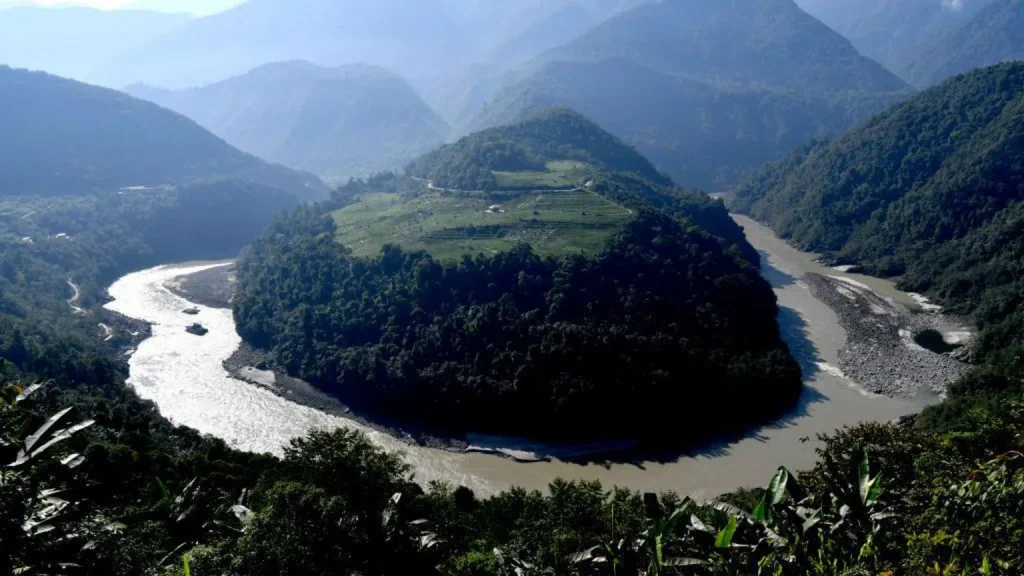
China has approved the construction of the world’s largest hydropower dam on the Yarlung Tsangpo river in Tibet, a development that has sparked concerns over its potential environmental and social impacts.
The dam, which is expected to generate three times more energy than the Three Gorges Dam, will be located in the lower reaches of the Yarlung Tsangpo, Tibet’s longest river. The project is part of China’s broader push towards achieving climate neutrality, with state media describing it as “a safe project that prioritizes ecological protection” and claiming it will contribute to local prosperity.
However, human rights organizations and experts have voiced serious concerns about the project’s consequences. Among the worries are the displacement of local communities and the potential for significant damage to the area’s rich ecosystems, which are among the most diverse on the Tibetan Plateau. As the BBC reported, “Activists have previously told the BBC that the dams are the latest example of Beijing’s exploitation of Tibetans and their land.”
The dam has already sparked rare protests in Tibet, which were met with violent crackdowns, including beatings and arrests. Earlier this year, Tibetans opposed the construction of the Gangtuo dam, which would displace villages and submerge ancient monasteries. Despite Beijing’s assurances that it relocated and compensated locals, human rights groups continue to raise alarms about the consequences of such projects for Tibet’s predominantly Buddhist population.
Regarding the Yarlung Tsangpo dam, Chinese officials have stated that the environmental impact will be minimal, but they have not provided details on how many people will be displaced. The Three Gorges Dam, by comparison, required the resettlement of 1.4 million people. The new dam will also necessitate the construction of several long tunnels through the Namcha Barwa mountain to divert the river’s flow, raising concerns about its effects on the natural landscape.
Moreover, experts have pointed out the geopolitical implications of the dam, particularly in terms of controlling the trans-border river. The Yarlung Tsangpo flows south into India’s Arunachal Pradesh and Assam states before continuing into Bangladesh, raising fears that China could use the dam to manipulate the water supply. A 2020 report by the Lowy Institute highlighted that “control over these rivers [in the Tibetan Plateau] effectively gives China a chokehold on India’s economy.” In response to India’s concerns, China’s foreign ministry affirmed in 2020 that China has a “legitimate right” to dam the river while considering the downstream effects.
The Yarlung Tsangpo river, known for its dramatic topography, including the world’s deepest canyon, offers significant potential for hydropower, but the challenging engineering environment has raised concerns. The project is located along an earthquake-prone tectonic plate boundary, with experts warning that extensive excavation could trigger landslides. As one senior engineer from Sichuan’s geological bureau noted in 2022, “Earthquake-induced landslides and mud-rock flows are often uncontrollable and will also pose a huge threat to the project.”
The massive undertaking, which could cost up to $127 billion, is a bold and ambitious effort, but its environmental, social, and political consequences remain contentious.







